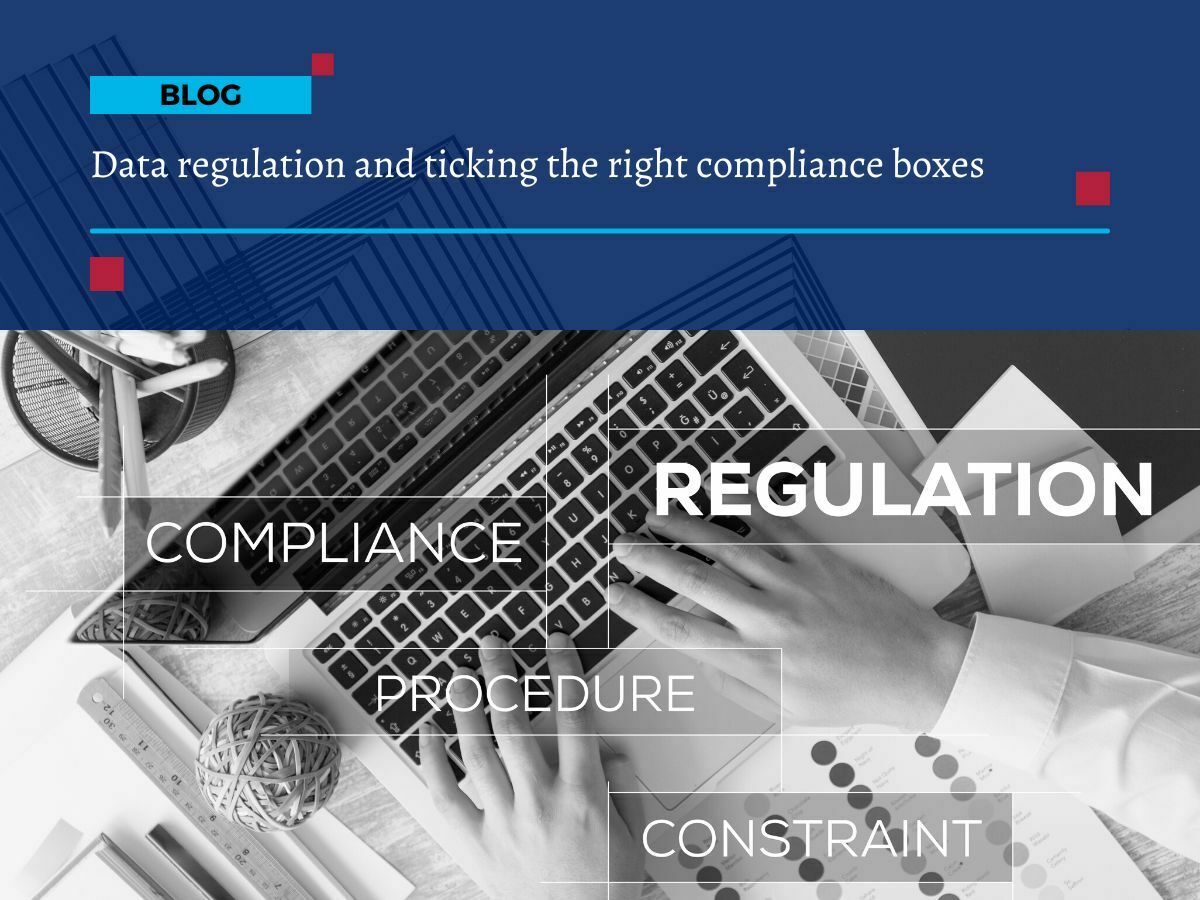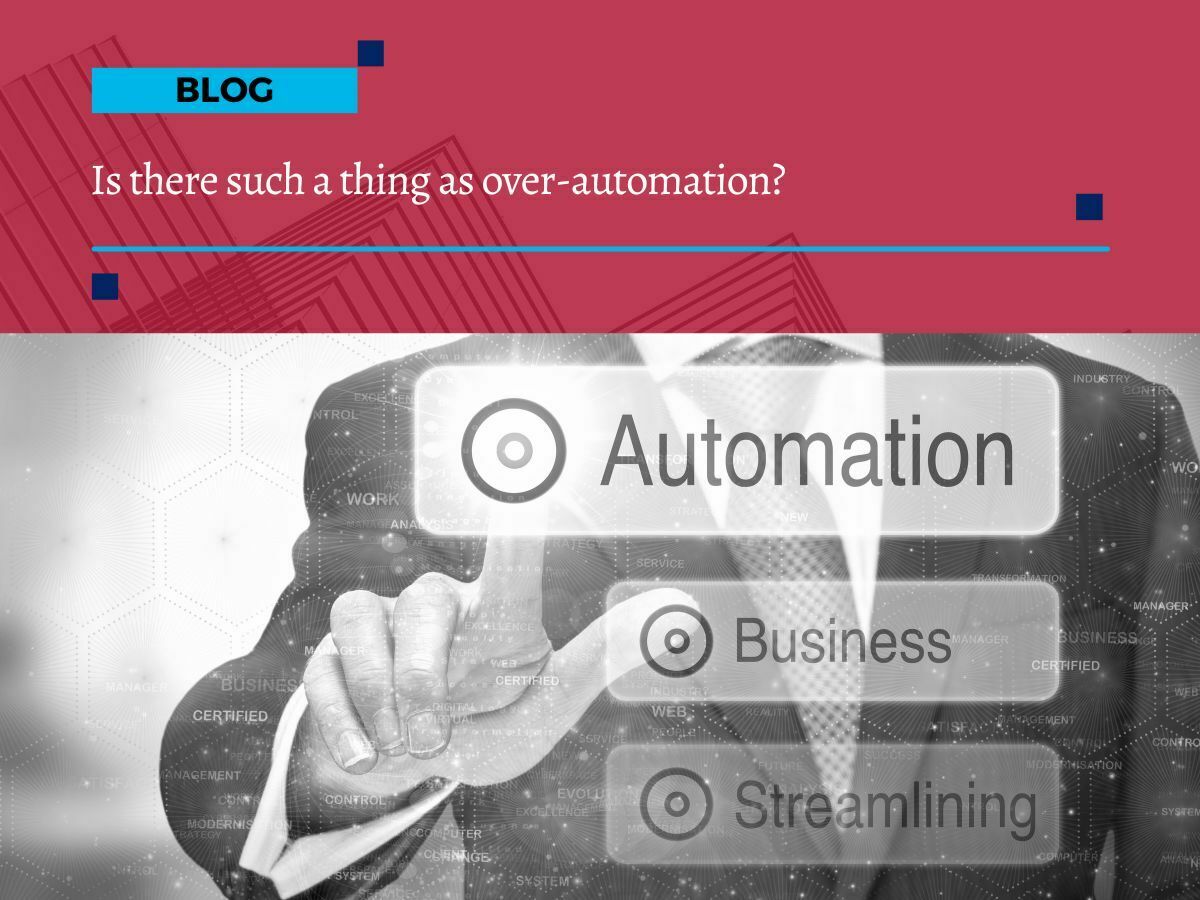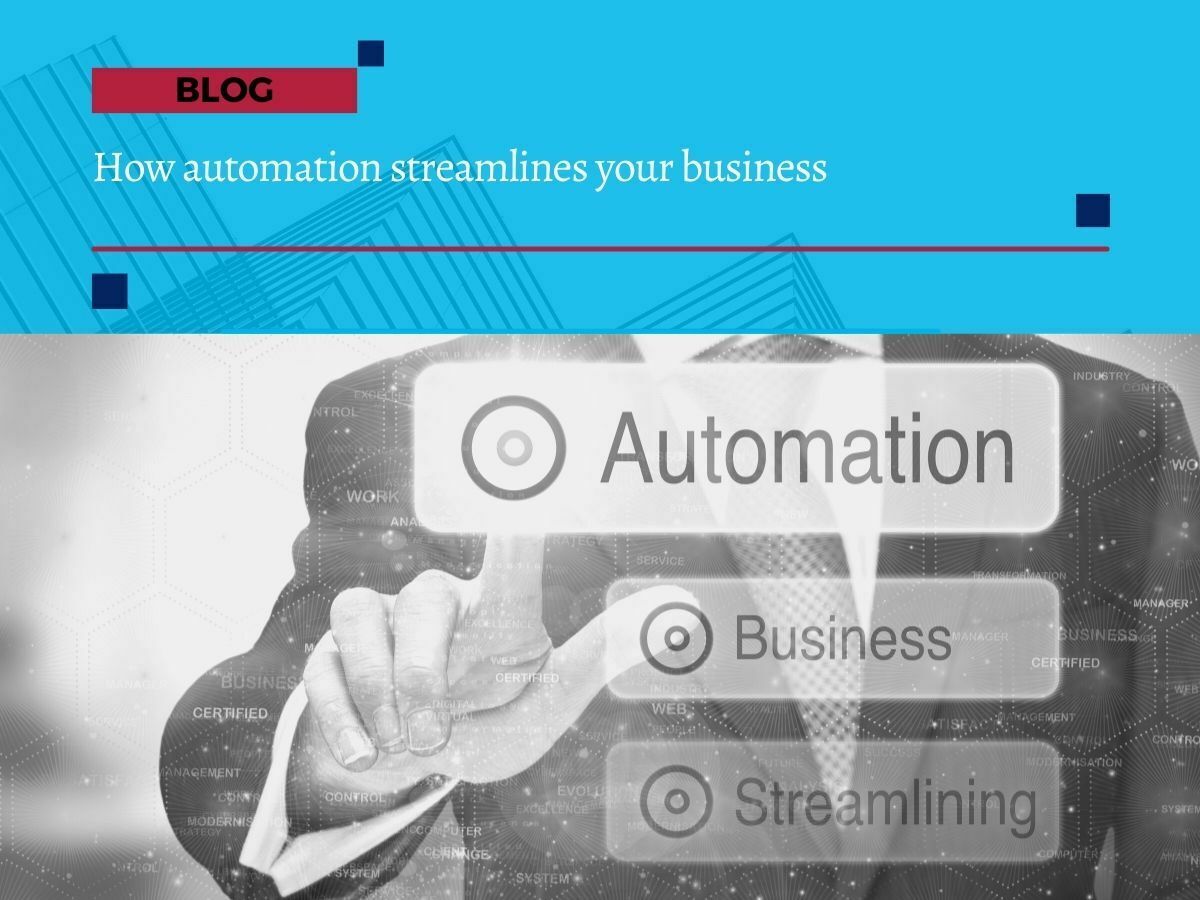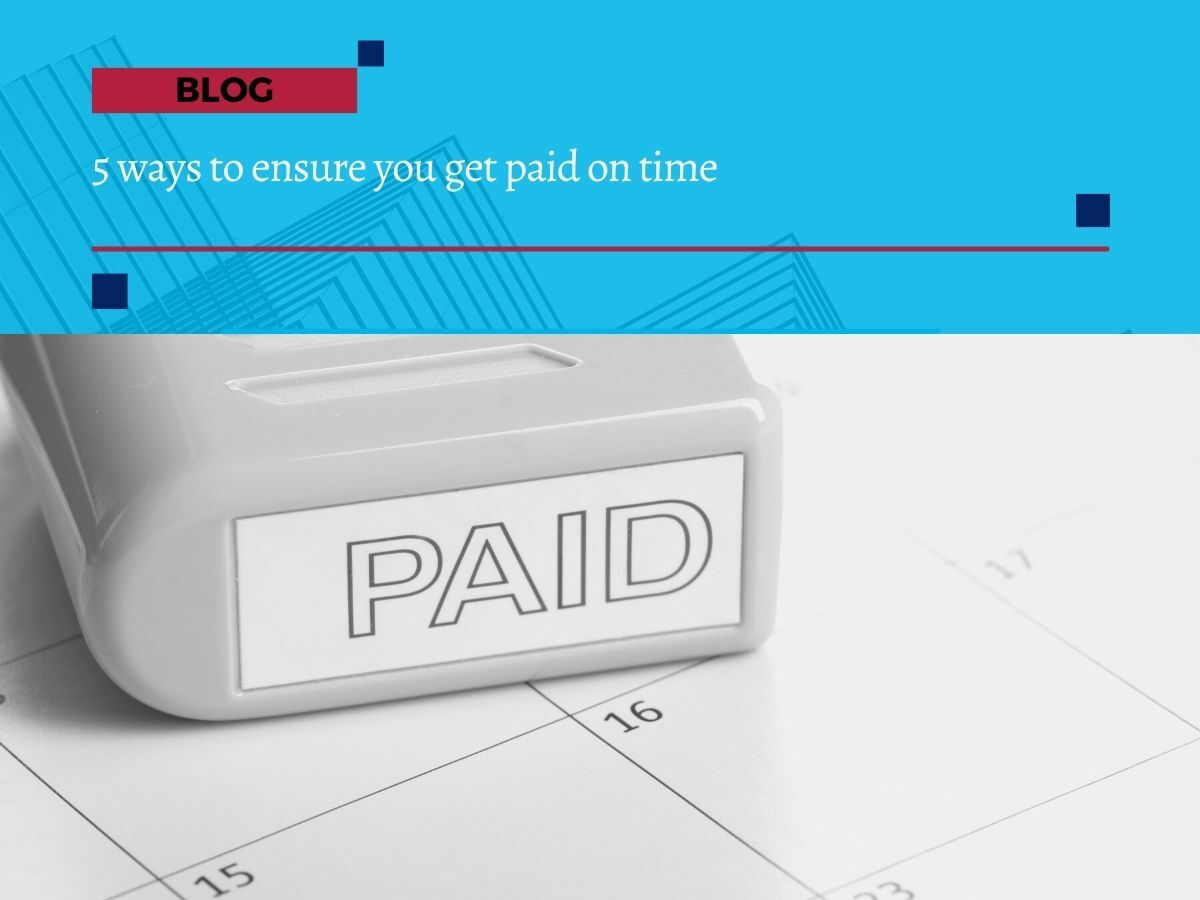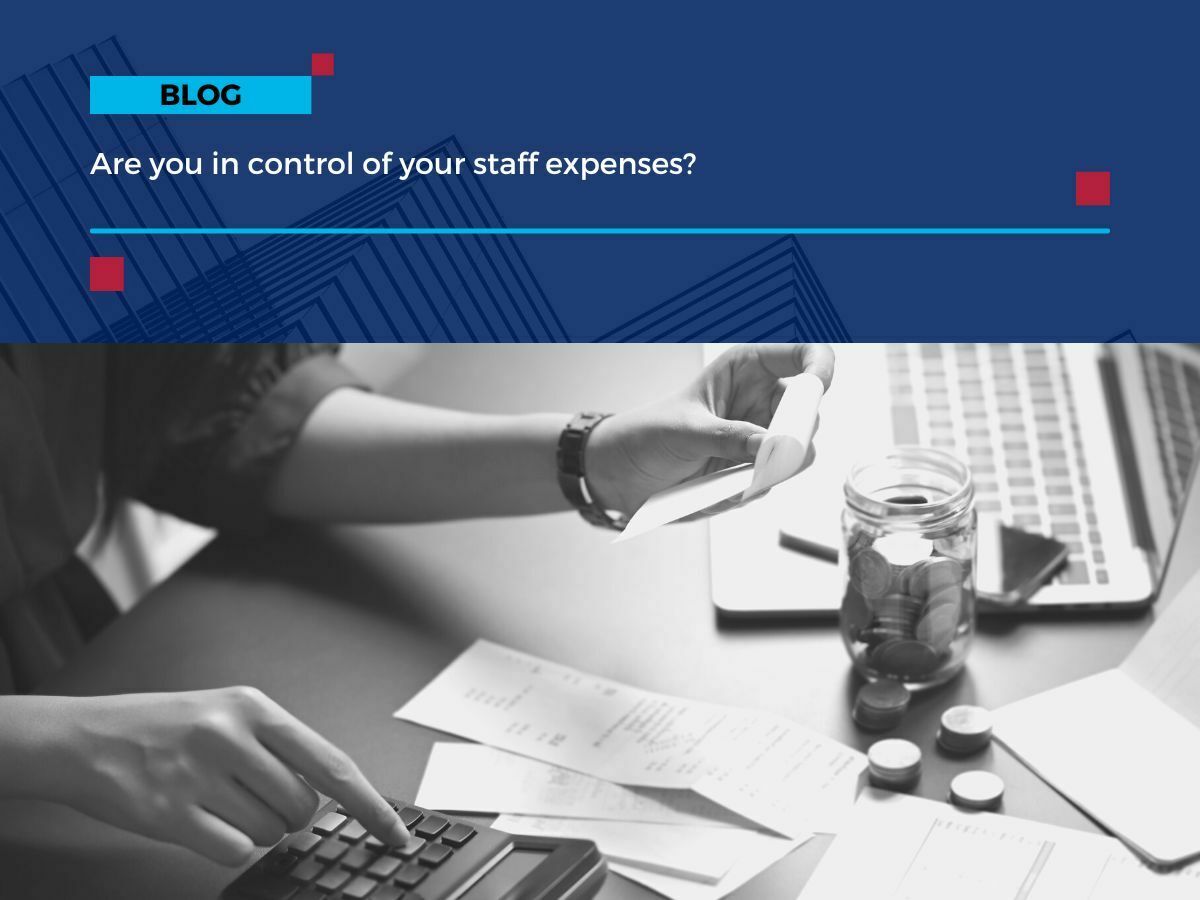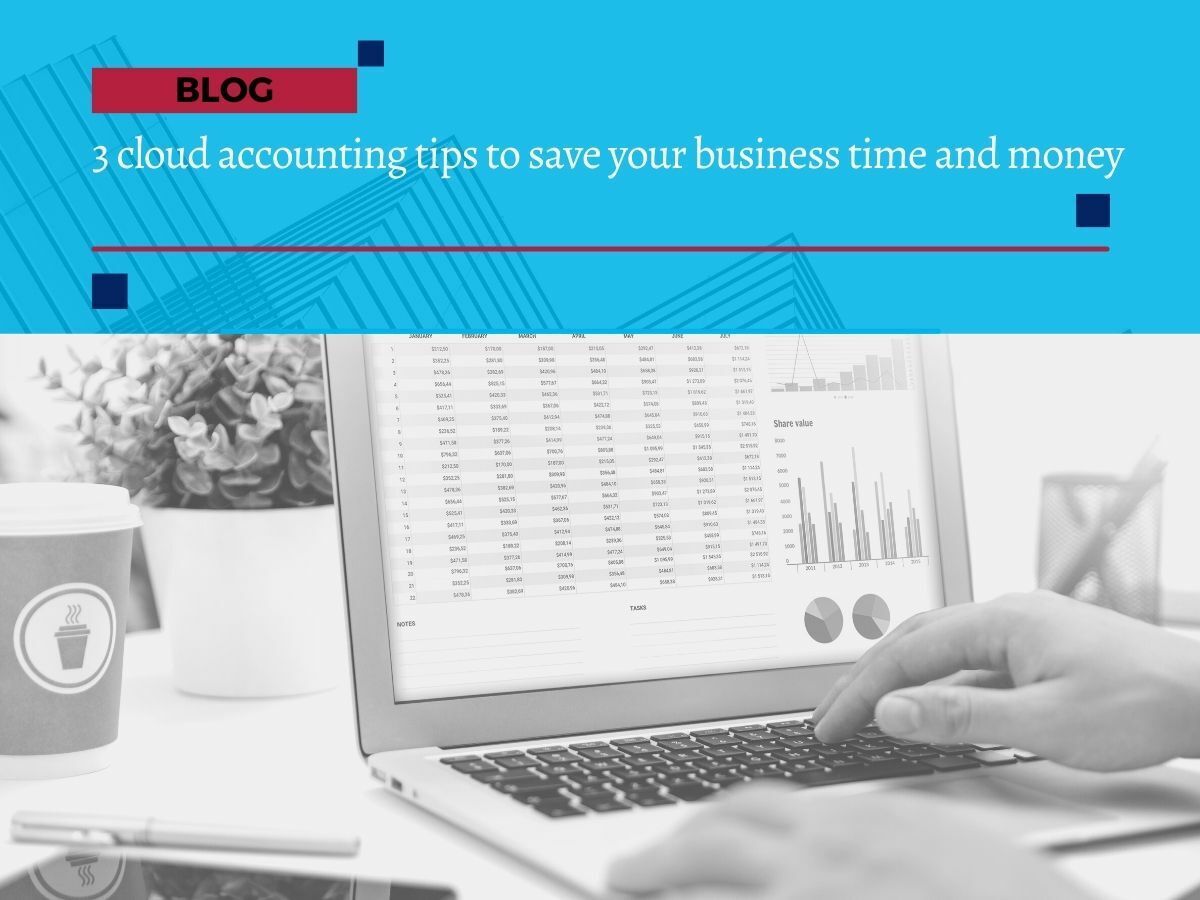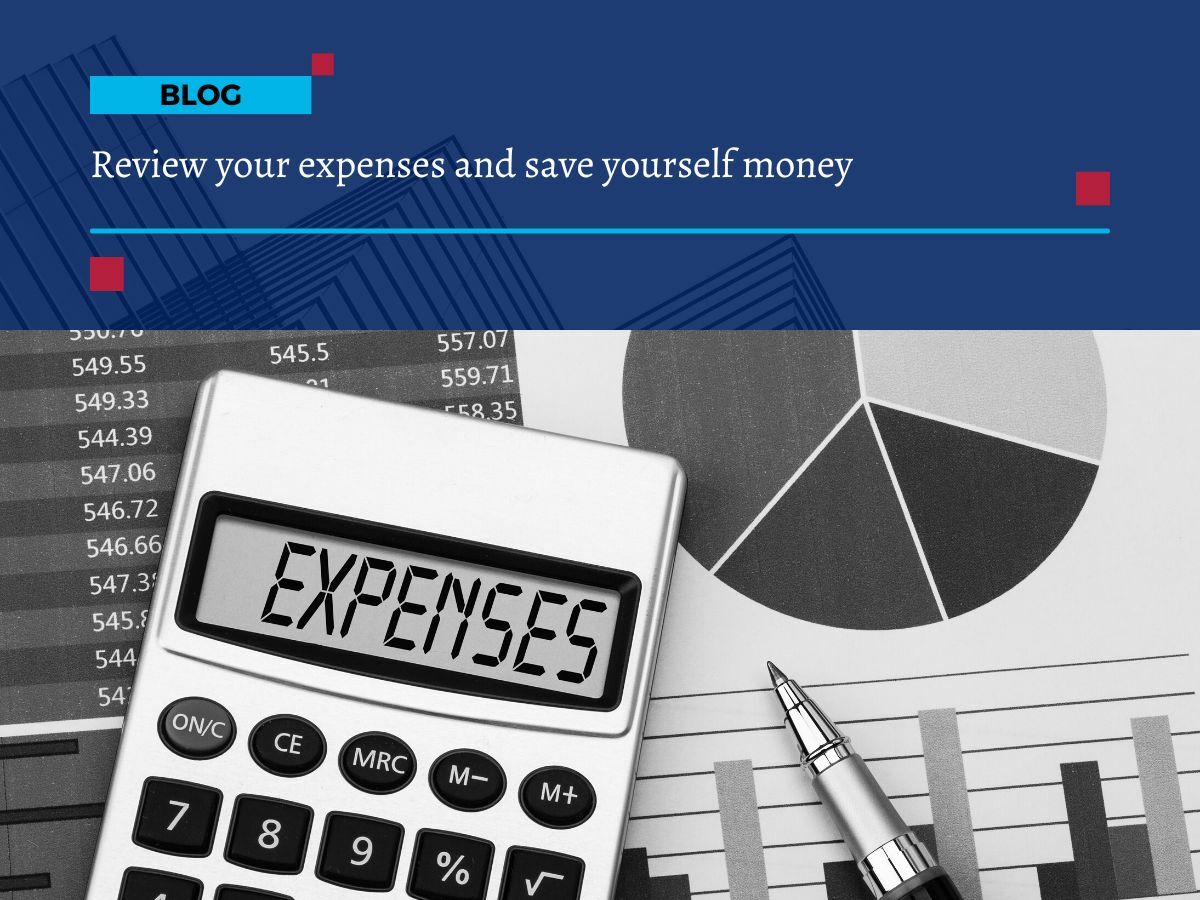
Review your expenses and save yourself money
Review your expenses - and save yourself money
Running a business will always mean incurring certain expenses or 'spend'.
Whether you’re a large family business or a small fledgling startup, there will be costs, overheads and supplier bills that mount up – and these expenses will gradually chip away at your cash position, making it more difficult to grow and make a profit.
So, what can you do to reduce your spend levels? And what impact will this have on your overall margins, profits and ability to fund the next stage in your business journey?
Getting proactive with your spend management
Spend management is all about getting in control of your expenses – and, where possible, aiming to reduce the level of costs and overheads that you incur as a company.
Why does this matter?
Well, excessive spending eats into your cash flow, reduces your profit margins and stops you from achieving the profits that you’re capable of as a business.
So if you can get proactive with your spend management, you can actually make your company a far more financially productive enterprise – and that’s great for your overall business health.
So, what can you do to reduce spend and slim down your company expenses?
Here are some key ways to reduce expenses:
Reduce your overheads
Your overheads are the unavoidable costs of running your business, producing your products or supplying your services.
If you have bricks and mortar premises, these overheads will include rental payments, utility bills and even the cost of paying your staff.
Drill down into the numbers and see where there are opportunities to reduce these overhead costs. That could mean moving to smaller premises, or reducing the size of your workforce, to reduce payroll expenditure.
Put limits on staff expenses
If your employees can claim expenses, or buy raw materials and equipment with the company’s money, these costs can soon start to rack up. It’s a good idea to put a spending limit in place, so each staff member can only spend up to an agreed amount.
Having a clear expenses policy helps, as will training up your staff in good spend management techniques. Expenses cards – such as Webexpenses, Soldo or Pleo – allow you to quickly set spend limits, track expenses and pull your expenses data through to your cloud accounting platform for processing.
Look for cheaper suppliers
If you can reduce your supplier costs, this will go a long way to bringing down your overall spend.
If you’ve been with certain key suppliers for years, look around for new quotes, look at current market prices and see if you can negotiate better deals. And if your old suppliers aren’t flexible enough, try swapping to newer, more eager suppliers who will be willing to meet you in the middle on price.
Make your operations leaner
The bigger your operational costs are, the less margin you’ll make on your end products and services.
One way to resolve this is to aim for a ‘lean approach’, paring back your staff, resources and operational complexity to the bare minimum.
By making the business as lean as possible, whilst still delivering the same output, you keep your revenue stable, but reduce the spend level that’s eating into your cost of goods sold (COGS). The smaller your COGS, the more profit you make on each unit or sale – and that means better cash flow, more working capital and bigger profits.
Talk to us about improving your spend management
If you’d like to get in control of your expenses, we’d love to chat.
We’ll review your current costs, run forecasting, and help highlight the key areas where expenses can be cut. Then we’ll help you formulate a proactive spend management programme, to reduce your unnecessary spending.

